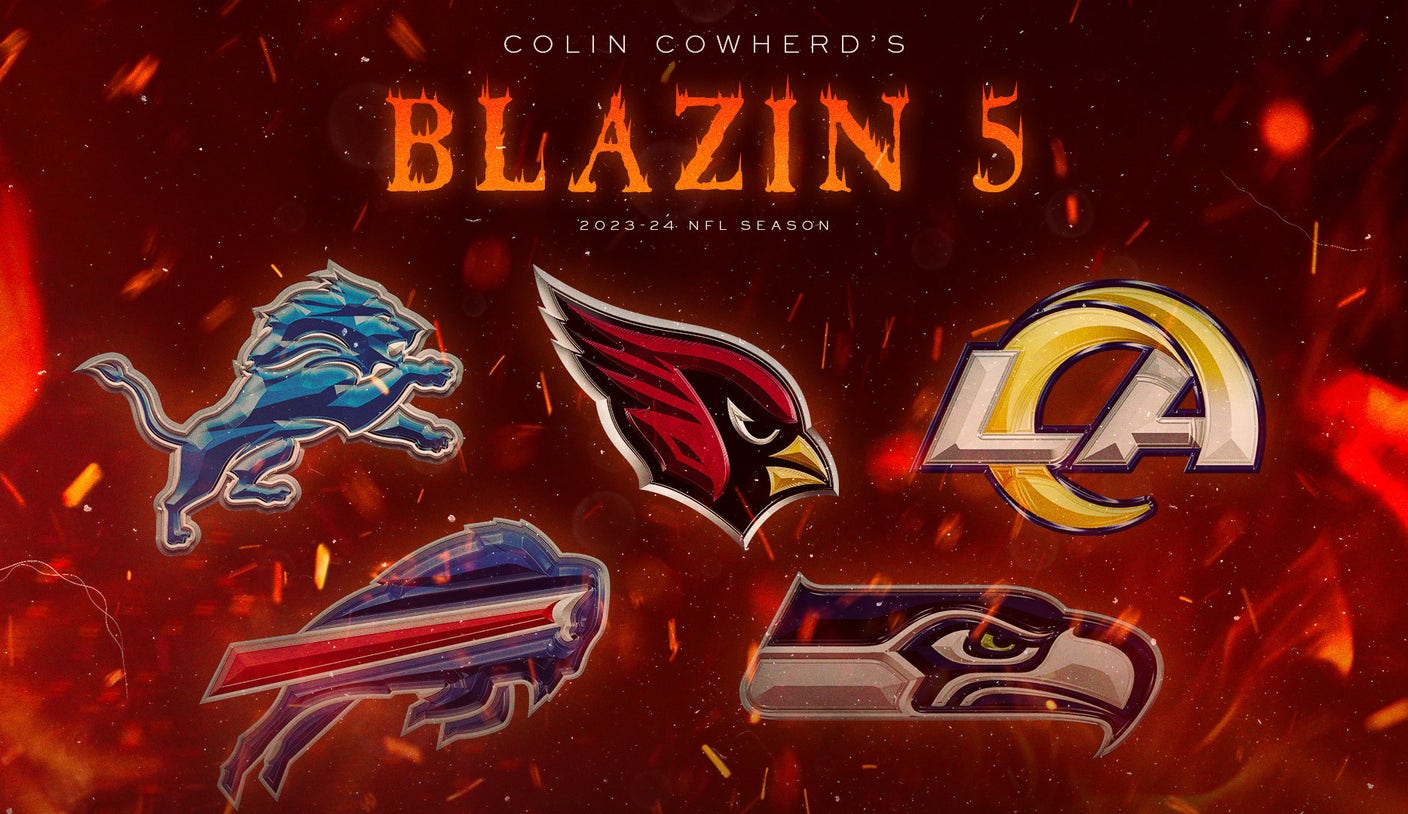
You recently released your White Paper. What are the key findings?
The main takeaway from us regarding the White Paper was that operators are now really starting to measure their cost per acquisition (CPA) and what processes they can adapt to lower these costs. For a long time, the gaming industry has not had to worry about efficiency, but now there’s been a change over the last couple of years. There have been economic changes, regulation changes, and with these came the need to look at costs and how best to lower them.
The biggest costs sportsbooks can accrue come from marketing investment. Trying to better understand where marketing money goes is clearly something operators have had to look at. Subsequently, these concessions that a more streamlined CPA process is needed by an operator then leads to questions surrounding analytics use, tracking and what better tools are available on the market. I think having transparency over acquisition costs and a necessity to spend marketing money more efficiently were the clearest findings from our White Paper.
In what ways could improvements be made to the conversion funnel to make the sign-up process more streamlined for prospective customers?
In my opinion, every touchpoint with the user is important. If you look at people’s internet behaviour and how often they interact with a brand, I think each brand needs to look at this behaviour and the interaction the user has at each touchpoint. If you look at it from a conversion panel, the first point of conversion is making somebody aware of the brand. The next stage would be to target a customer with personalised messaging to get on the website, getting them to sign up for your sportsbook’s offerings to then placing a bet. If you want to narrow it down, these are the five key touchpoints to consider. The good news is you can optimise every step of the process, but each stage comes with different challenges.
At the beginning, it’s about ensuring you have the right brand awareness; whereas when it comes to acquiring customers, it really comes down to how efficiently an operator can display ads. Once there is interest in your website, you need to make sure a player stays on your website with a personalised offer. If they move away, you must ask how your retargeting strategy looks. If you look at Amazon, for example, if you see a book you want to buy but don’t purchase it, that book will follow you wherever you go online. Finally, when a player signs up, it’s all about personalising the user experience.
Do different optimisation strategies work better in different markets around the world, or is there universality to how an operator can streamline its customer acquisition strategy?
When looking at acquisition strategies in general, you need to start with the objective you have. It’s clear that different sportsbooks in different markets have alternative objectives. You must also consider that in emerging markets it’s more of a land grab, so operators aren’t so worried about the efficiency of spending but more about getting a piece of the cake that will pay back over time. When you start to look at acquisition strategies, it must always come back to your original objective.
In terms of marketing mix, it’s always important for an operator to be fully aware of how different acquisition channels work together. Operators don’t tend to focus on one specific channel of marketing, it’s about how the channels play together to form the overall marketing picture. This includes the mix of an operator’s display, social, search design and affiliation.
The other important area to consider is localised marketing. For example, most countries in Africa have a heavy mobile focus. So operators there need to make sure they have a super lean, super-fast mobile application, because users are not typically on a desktop there. There are internet access issues in areas across Africa, so it’s important to offer a small load time for a mobile application to minimise access delays. Between general objectives you have as a brand, to ensuring the right marketing mix and taking local trends into consideration, this is the broad view of how an operator should look at acquisition strategy.
The interest of US bettors in one betting brand is an interesting phenomenon we’ve seen. It’s hard to understand the rationale of why or how this has happened. If you look at European markets, each player can have an average of 10 to 15 different accounts which they jump betweenFlorian Geheeb
Your White Paper suggests US bettors usually display loyalty to one operator. Is this down to the acquisition strategy of big operators and their brand, or down to a lack of understanding for players in what is a young gaming market?
The interest of US bettors in one betting brand is an interesting phenomenon we’ve seen. It’s hard to understand the rationale of why or how this has happened. If you look at European markets, each player can have an average of 10 to 15 different accounts which they jump between. One of the two reasons we believe behaviour to be different in the US is because the markets there are heavily regulated. There are more steps to go through with regard to user verification and registration. As a user, it’s understandable to not want to go through the process several times. The other reason is more historical. Before PASPA was repealed you still had daily fantasy leagues in the US: you had DraftKings and FanDuel. There were only two choices.
Now with the legalisation of sportsbooks, there are a couple more choices, but the way the US market is set up means 90% of it is for companies. FanDuel and DraftKings already had brand identity, so by adding sportsbook to their services, players feel no need to change despite there being more options. Having a loyal fan base like FanDuel and DraftKings do, means customer acquisition costs rise as competitors will have to spend much more to pry a loyal customer away from another operator.
If you look at the trends in Europe’s more mature markets, users are more accustomed to opening multiple accounts. The tendency for European players to do this does lower acquisition costs across the board. The phenomenon of having higher acquisition costs in the US is partially down to the fact that users are more loyal to one brand, particularly FanDuel and DraftKings, which were established before the repeal of PASPA.
How can US operators lower acquisition costs?
Well talking about using data to inform acquisition strategies, the most important element to consider is transparency – understanding your data. When making any assessment or decision around data, you need to make sure you have all the data available. Sportsbooks need to move away from a pure last click, tracking/attribution model to a multi-touch attribution solution. This is because it’s the only way it allows an operator to look at every single touchpoint it has with the user. Only when transparency is in place can an operator make educated decisions on where to improve the user journey and acquisition funnel. Without understanding the data, you won’t be able to make these decisions.
However, I don’t want to say this is the golden rule of how to reduce your cost per acquisition. My only advice for operators is to get as many data points from your user journey as possible, understand the data and then make educated decisions on how to improve your acquisition strategy.
Are your operating partners planning to implement the findings of your White Paper? How can they best put the data into practice?
Gathering all the information just to put in front of your customers doesn’t really help them. One of the things we are concretely working on is a solution for tracking user touchpoints. This tech solution is something we are going to roll out at the end of Q3/beginning of Q4. This will give clients full visibility on their user touchpoints across all markets.
While we don’t want to tell the industry how they should look at attribution and channels, what we want to do is give them all available data points that allow them to make their own decisions. As much as I believe data should be the basis for all marketing decisions, I’m also fully aware that if you’d talk to seven different marketing directors, they will all have their own opinion on how to use the data, and interpret it for an operator’s needs.
Sportradar is not in a position where we want to tell the industry how it should look at performance, but we want to give them all the data points they need to make their own decisions. Some of the projects we are going to roll out over the course of the year will help our clients get easier access to this data and customer touchpoints.



